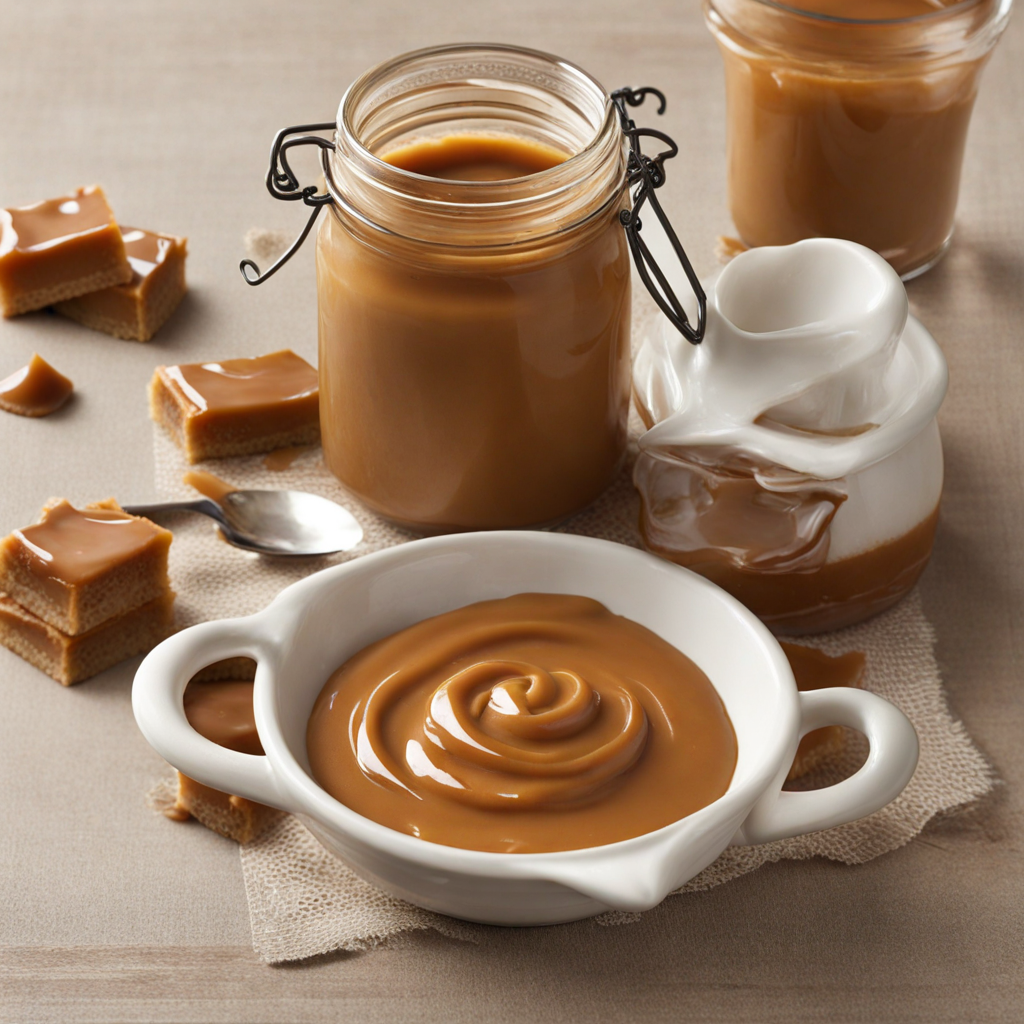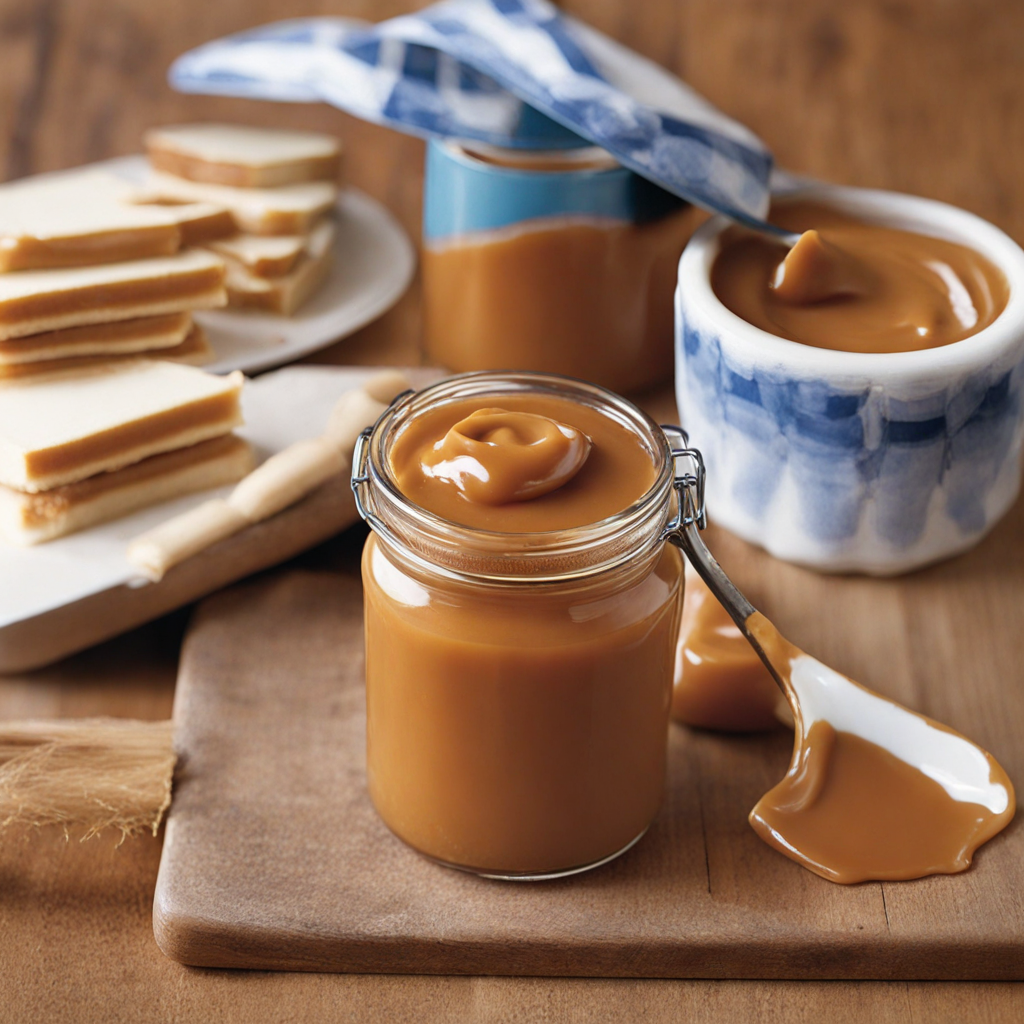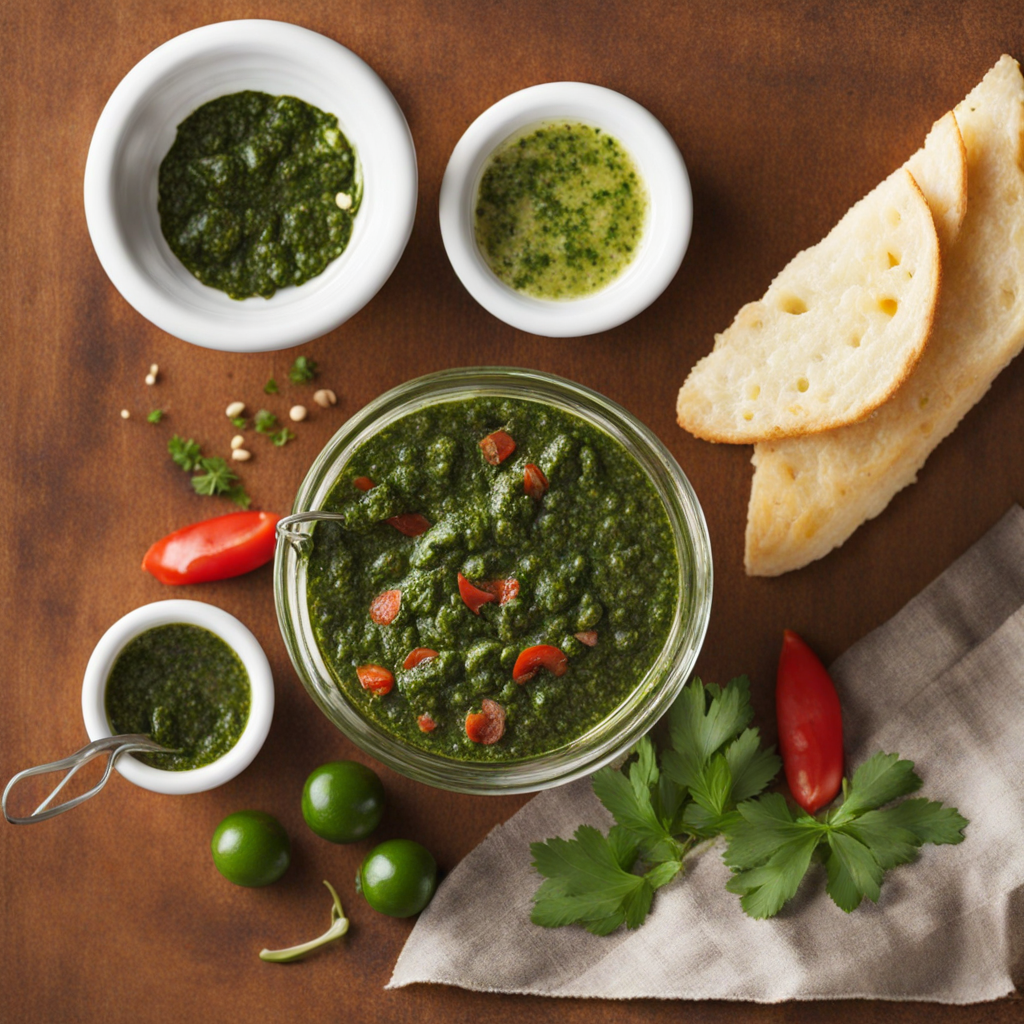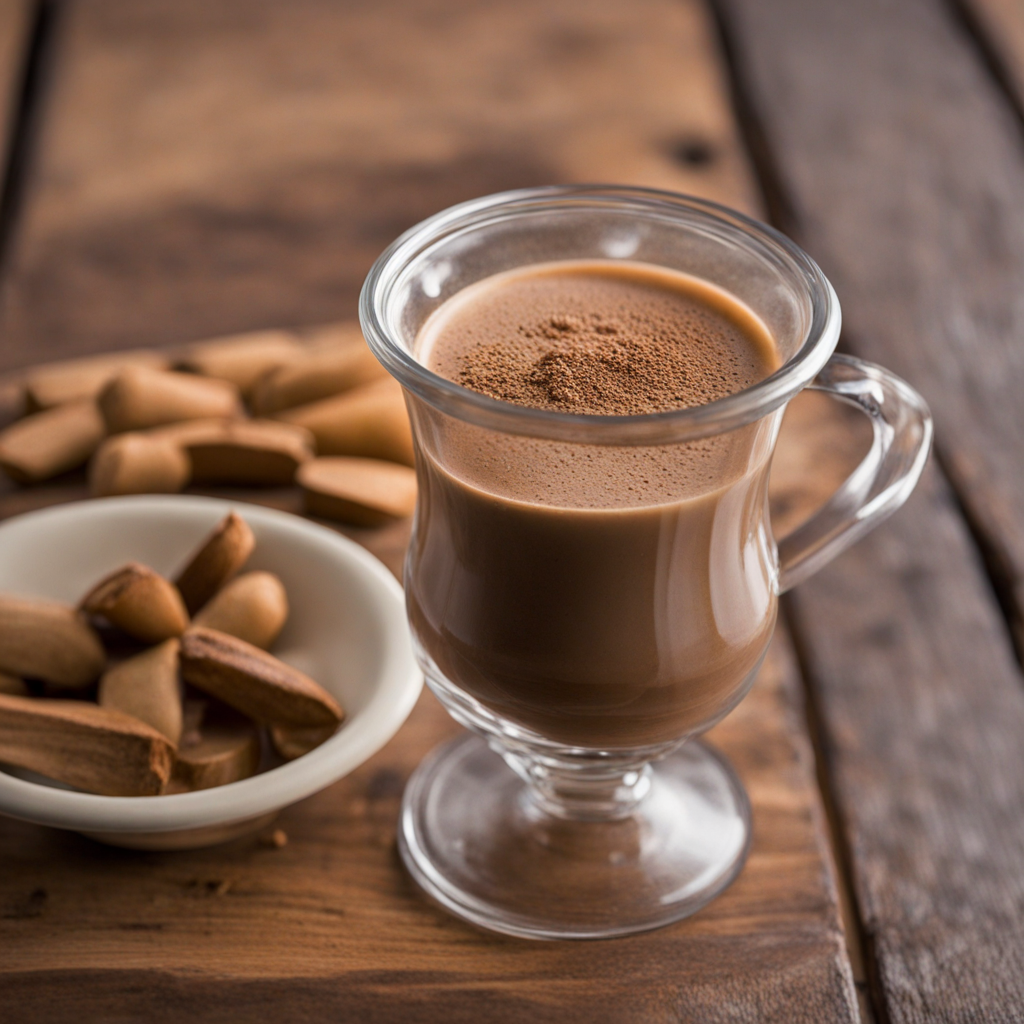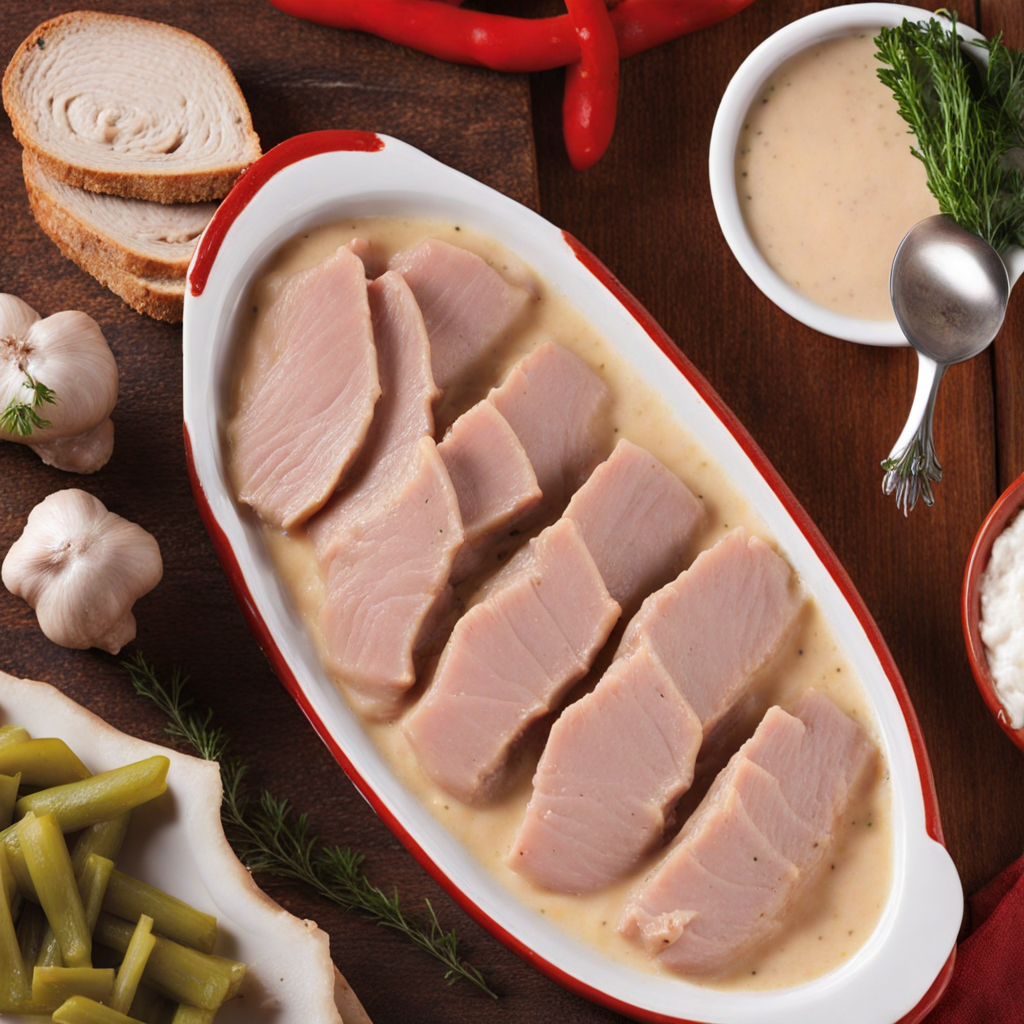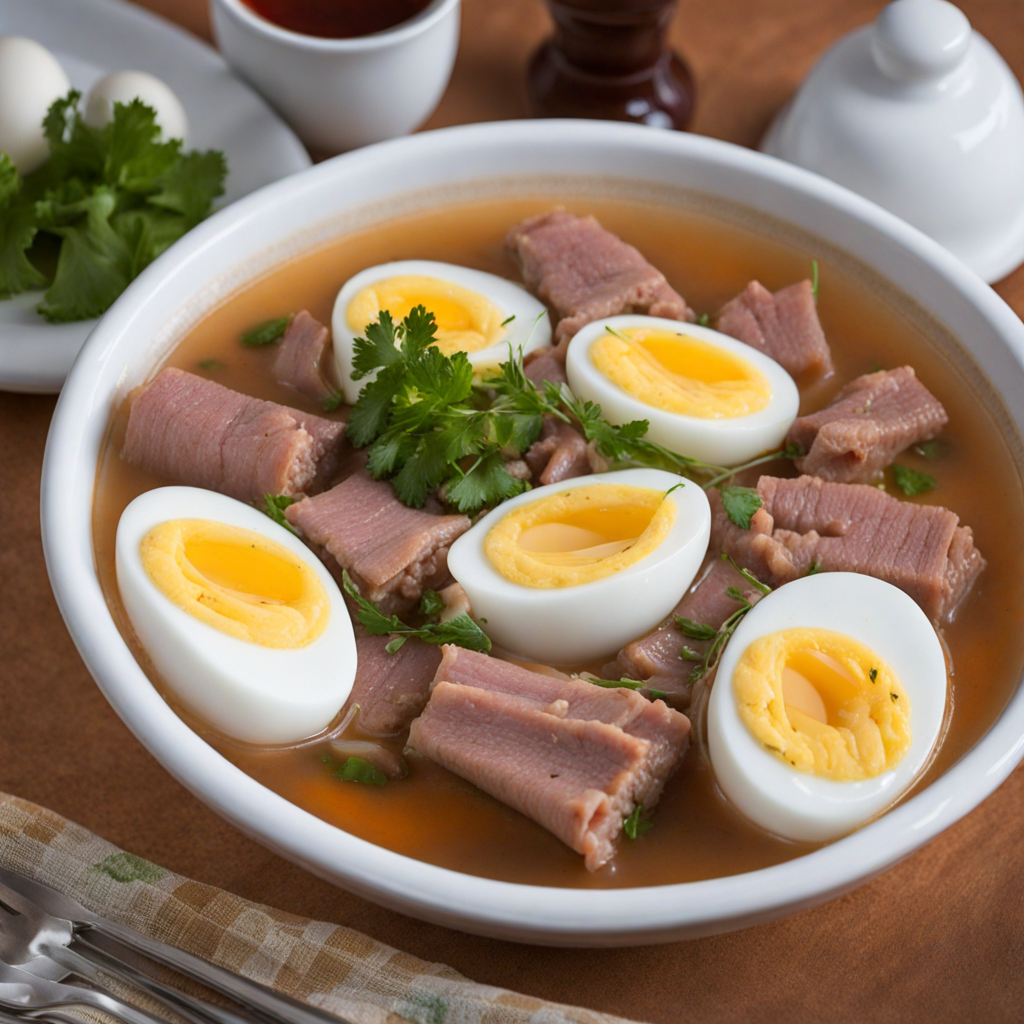Dulce de Leche
Dulce de Leche is a rich and creamy confection that hails from Argentina, captivating dessert lovers with its luscious texture and sweet flavor. This delectable treat is made by slowly simmering sweetened milk, which caramelizes and thickens to a smooth, velvety consistency. The process requires patience and attention, as the milk transforms into a golden-hued syrup that embodies a deeply caramelized taste, reminiscent of toffee and butterscotch. Its luxurious creaminess makes it a versatile ingredient that can be enjoyed in various ways, whether spread on toast or drizzled over pancakes and waffles. This sweet delicacy is often used as a filling for traditional Argentine pastries, such as alfajores—two soft cookies sandwiched together with a generous layer of dulce de leche and often rolled in coconut or powdered sugar. It also shines as a topping for ice cream, elevating simple desserts into extraordinary experiences. The flavor is not overly sweet, allowing the natural richness of the milk to shine through, making it an irresistible treat for those who appreciate the balance of sweetness and creaminess. The cultural significance of dulce de leche in Argentina is profound, as it is not just a dessert but a cherished part of the national identity. It is often associated with comfort and home, evoking memories of family gatherings and celebrations. Whether enjoyed straight from the jar, used in baking, or as a luxurious addition to a cup of coffee, dulce de leche invites food enthusiasts to explore its unique taste and experience the heartwarming essence of Argentine cuisine.
How It Became This Dish
Dulce de leche, a sweet, creamy confection made from milk and sugar, has a rich history that intertwines with the cultural fabric of Argentina. This beloved treat, whose name translates literally to “sweet milk,” is often compared to caramel due to its similar color and texture, though it possesses a unique flavor profile that sets it apart. The origins of dulce de leche are somewhat murky, with several countries claiming it as their own, but its most ardent proponents remain the people of Argentina. The debate over the origins of dulce de leche spans several countries in Latin America, including Mexico, Venezuela, and Chile. One of the most popular legends attributes its creation to an accidental culinary mishap in the early 19th century. According to this tale, a cook in the province of Buenos Aires left a pot of milk and sugar unattended, only to return to find it transformed into a thick, sweet concoction. This serendipitous moment marked the beginning of dulce de leche's journey into the hearts and homes of many Latin American families. Over time, dulce de leche gained significance not only as a dessert but also as a cultural symbol of Argentinian identity. It became a staple in Argentine households, often served as a filling for cakes, pastries, and cookies. One popular dessert, the alfajor, features layers of dulce de leche sandwiched between two cookies, showcasing the treat's versatility and popularity. The emergence of alfajores in the late 19th century further solidified dulce de leche’s status, as it became a beloved snack enjoyed by children and adults alike. In addition to its use in pastries, dulce de leche also found its way into everyday Argentine life, often enjoyed simply spread on bread or drizzled over pancakes and waffles. It serves as a reminder of the country’s rich culinary traditions, where the use of simple ingredients can yield delightful results. The growth of dulce de leche in Argentine culture can be traced through the years, with its presence in cookbooks and recipe collections, emphasizing its status as both a beloved food and a cultural artifact. As the 20th century progressed, dulce de leche underwent further transformation, becoming a sought-after ingredient in a wide variety of desserts. With the rise of global cuisine, it began to cross borders and appear in international dishes, such as ice creams, cheesecakes, and even as a flavoring for chocolates. The globalization of food has allowed dulce de leche to expand its appeal beyond the confines of Argentina, gaining recognition in North America and Europe, where it is embraced by food enthusiasts and chefs alike. The cultural significance of dulce de leche is further reflected in its role during national celebrations and holidays. It is often featured in traditional Argentine sweets during festivities, such as Christmas and New Year’s. It is not uncommon for families to prepare homemade versions to share with loved ones, reinforcing bonds and creating cherished memories. The act of making dulce de leche—slowly simmering milk and sugar until it thickens and caramelizes—has become a ritual passed down through generations, illustrating the deep connections food can foster within families. Moreover, dulce de leche has inspired a sense of pride among Argentinians. In 2003, the Argentine government even declared October 11 as the National Day of Dulce de Leche, recognizing its cultural importance and encouraging people to celebrate this sweet treat. This initiative further cemented dulce de leche as a symbol of national heritage, highlighting its role in the collective identity of the Argentine people. In recent years, dulce de leche has also garnered attention from food artisans and craft producers, who have begun to experiment with the traditional recipe. Variations now include gourmet versions infused with flavors such as chocolate, vanilla, and sea salt, appealing to a modern palate while respecting the traditional roots of the dish. This evolution showcases the adaptability of dulce de leche, allowing it to thrive in contemporary culinary landscapes while maintaining its nostalgic essence. The influence of dulce de leche extends beyond borders, as it has inspired similar confections in other cultures. In Spain, the dessert known as "leche condensada" resembles dulce de leche in taste and texture, while in Brazil, it is known as "doce de leite." Each country has added its own twist to the recipe, yet the core ingredients remain the same, highlighting a shared culinary heritage across Latin America. The digital age has further propelled dulce de leche into the global spotlight, with social media platforms showcasing mouthwatering images and recipes that invite everyone to indulge in this sweet delight. Food blogs, cooking shows, and online recipe sharing have made it easier for people to explore and recreate the flavors of Argentina in their own kitchens, fostering an appreciation for this delectable treat worldwide. As we continue to savor dulce de leche in its many forms, it stands as a testament to the power of food to connect people across time and space. From its humble beginnings to its place of honor in Argentine culture and beyond, dulce de leche embodies the spirit of culinary creativity and tradition. It serves as a reminder of the rich history and cultural significance of food, inviting both locals and visitors to partake in the sweet legacy of Argentina. In conclusion, dulce de leche is much more than just a dessert; it is a symbol of Argentinian culture and heritage, steeped in history and tradition. Its journey from a simple culinary accident to a cherished staple reflects the evolution of Argentine cuisine and the enduring power of food to create community and connection. Whether enjoyed on its own or as part of a beloved dessert, dulce de leche continues to hold a special place in the hearts of many, ensuring its legacy for generations to come.
You may like
Discover local flavors from Argentina


